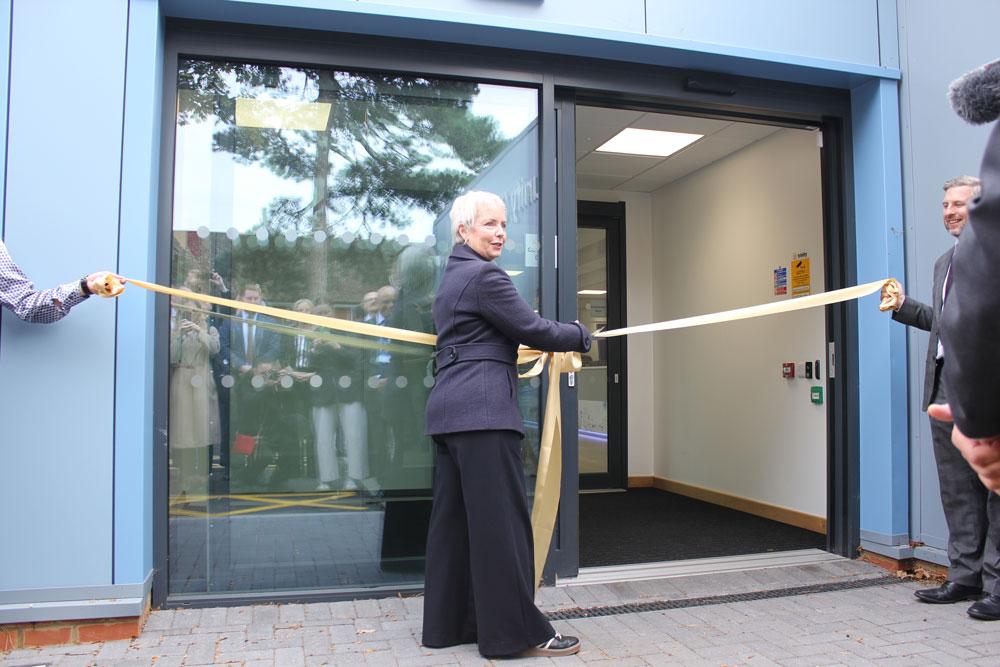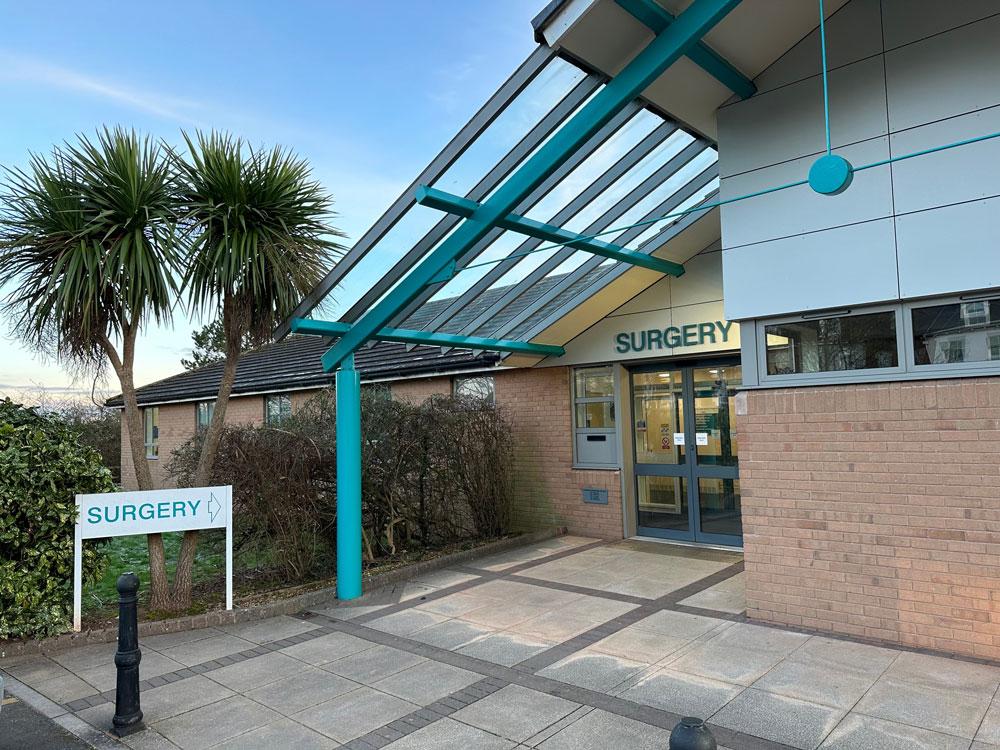Following the Naylor review, which identified a need for £10 billion to be spent addressing poor buildings and backlog maintenance in the NHS, Phil Davies, Director of Procurement at NHS Shared Business Services (NHS SBS), explains how a new - free-to-access - Construction Consultancy Services Framework is helping NHS trusts achieve maximum value from capital spending projects, whilst saving the public sector around £16 million over the next four years
Construction is not just about bricks and mortar. There are a whole host of consultancy services – like project management and civil engineering – required to ensure capital projects, such as refurbishment and design and build, are successful.
To support the NHS and other public sector organisations in this area, NHS Shared Business Services (NHS SBS) has managed a framework providing access to these services since 2014. The Construction Consultancy Services Framework is one of more than 65 OJEU compliant frameworks we offer in total, covering a huge range of products and services, which – from this month onwards – are all free to access for any NHS or other public sector body.
Since its inception, this particular specialist framework has saved the public purse in excess of £12 million, due to typical savings of between 10-15 per cent when compared to buying from suppliers direct. And last month, due to increased demand, we re-launched a new and improved version of the Agreement. It now includes more than 200 suppliers ranging from SMEs to national providers – split by service provision, geographical region and project value band – and offers access to a much greater range of specialisms, such as fire safety and principal designer services.
Cost savings as standard
Use of this framework can help NHS procurement and estates teams be more effective in several ways. Most obviously, it can assist them in trimming project costs. Savings can be generated through a range of discount structures and pricing options, for example, prompt settlements, volume discounts and volume spend rebates. The use of Level 2 BIM technology – collaborative working between different teams and underpinned by digital technologies, which enables teams to develop more efficient methods of designing, delivering and maintaining buildings throughout their lifecycle – further reduces spend. Another major advantage is that suppliers are all already vetted in key areas like financial standing, public liability and professional indemnity.
The wide range of suppliers and specialisms is another major benefit to procurement teams, as finding the right supplier for the right job is where a lot of public sector organisations struggle. Many have told us that while they often might have preferred to use a local supplier on a project, they simply did not have the time – and often the specialist knowledge – to identify and assess local SMEs, meaning they have usually been reliant on the major national players. Trying to identify suppliers of more niche ancillary services, such as acoustics experts or town planners, has also caused them similar problems.
The right supplier, every time
And this, they felt, often meant projects did not perform optimally. First there were often hefty travel expenses associated with hiring a national supplier, pushing up costs. Second, there is a perception that national suppliers working on smaller projects have a tendency to send in what one of our partner organisations described as ‘their B or C team’. Use of the framework avoids this by enabling procurement teams to pinpoint the right team for the job, using a variety of very precise criteria to ensure they are working with the ‘A Team’ every time.
Another advantage of the framework is the flexibility it offers in relation to different procurement routes. Organisations can either directly award projects or run mini-competitions depending on the needs of their project. When a project is likely to have very specialist requirements – for example the refurb of historical buildings – a competition may be the most appropriate way to source the right skills. Procurement teams can also make use of a number of model contracts, making it easy to mix and match their requirements or tailor something more individual, with NHS SBS’ category experts on-hand to provide the necessary guidance.
It is no wonder then that our Construction Consultancy Services Framework has already been used to draw together the right team for a number of projects in the NHS, ranging from those that have attracted international attention, to the more ‘business-as-usual’ requirements of a busy NHS trust.
One of the UK’s leading specialist trusts, for instance, sourced project management and quantity surveying services on a new landmark cancer treatment centre. An NHS hospital in the Midlands, meanwhile, generated savings of around £5 million in a £50 million scheme, and we supported a major trust in the South of England as it refurbished sections of office space.
Outside of the NHS, we have also helped a diverse range of public sector organisations access the expertise they need. For example, a major transport authority used our framework to source project management support, while the V&A Museum in London contracted with a Quantity Surveyor as part of a £12 million refurbishment programme of the Museum of Childhood.
In using the framework, these organisations have not only ensured they can access precisely the right suppliers in a cost-effective, simple and streamlined manner, they have also been able to save time and effort for their procurement teams. And, perhaps most crucially for our healthcare system, the providers and local authorities we work with generate considerable savings for their organisation, meaning more money can be diverted to frontline health and social care.





